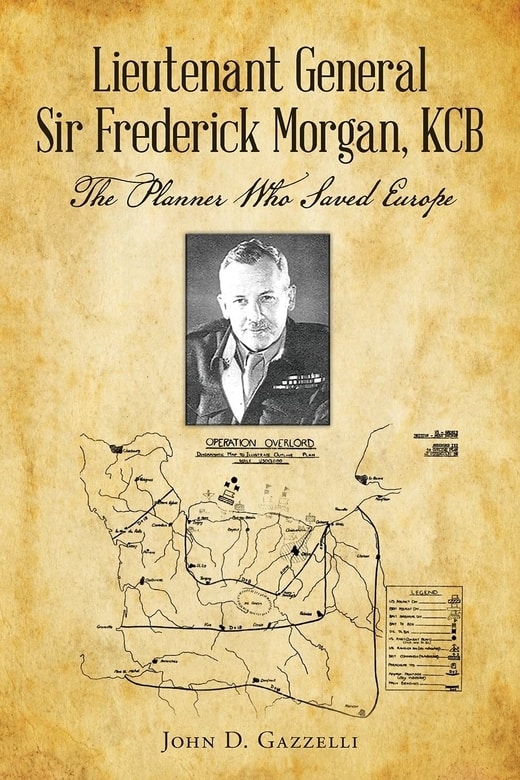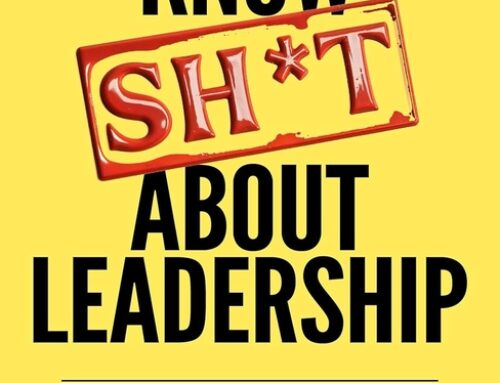
The massive strategic plan known in the annals history as Operation Overlord, which resulted in the final defeat of Nazi Germany, was the vision of a man who, author John D. Gazzelli insists, has been largely overlooked and almost forgotten by those same annals, as chronicled in Lieutenant General Sir Frederick Morgan, KCB: The Planner Who Saved Europe.
By 1943, Hitler’s forces had assumed increasing control of Europe, and it rested on the British and American armies to resist and overcome German domination. However, the two nations were not in agreement about how this could and should be accomplished. From the British viewpoint, the strategy would consist of wearing down the Nazis in northern Africa and Eastern Europe and maintaining open seaways between Britain and the continent. To the Americans, a frontal assault beginning in France and leading to the direct conquest of Germany was needed.
To serve their combined purpose, in 1943 Lieutenant General Frederick Morgan was appointed as chief of staff to the Supreme Allied Commander (Designate), or COSSAC, to design and direct the implementation of Operation Overlord. Morgan, a senior officer in the British military, had served on the Western Front in World War I and had led a division in the Battle of France at the onset of World War II. His work as COSSAC involved such tactical decisions as precisely where forces should land and what resources would be employed. He advocated the necessity to include Americans in the planning, resulting in the creation of the Combined Chiefs of Staff, bringing Field Marshall Bernard Montgomery and General Dwight D. Eisenhower into the formulation.
During the timeframe leading up to the June, 1944 invasion, Morgan’s vision for Operation Overlord was continually revised and incrementally co-opted by British and American leaders as they debated with one another about the various requirements, preparations, and operational details. In the process, the credit that should have been Morgan’s gradually faded from the picture. Though he was remembered with admiration by Eisenhower, and awarded by his country with a Knighthood conferred by King George VI, as well as by the United States with a Legion of Merit and an Army Distinguished Services medal, Gazzelli states that Morgan died in poverty, “forgotten by his country and by history.”
Gazzelli is highly qualified to offer Morgan’s story of participation in Operation Overlord to a new generation. He serves as a Senior Plans Officer for the U.S. Army Cyber Command, and has a Bachelor’s degree in History as well as an M.A. in Military History, with many published writings to his credit. That authority permeates this book, as the book is not just highly informative, but also conveys a sense of reverence that wouldn’t be possible without an intimate knowledge of the subject.
This is the last book one would need on Frederick Morgan’s contributions to military history, as this fact-filled chronology is wholly comprehensive and includes an Appendix with supporting documentation followed by a lengthy Bibliography. Morgan is portrayed as a highly intelligent, determined military strategist, stressing his ability to look beyond smaller squabbles and absorb and magnify the larger picture of international cooperation to destroy Nazi domination and recover the European continent for its rightful citizens. All told, it’s a fascinating and inspiring portrait.
At every juncture in this remarkable account, Gazzelli gives the reader reason to admire Frederick Morgan, and remember that without him, “there would have been no Overlord,” proving his pivotal impact on world history, and reminding readers how the heroic actions of the past inform our present day, and shouldn’t be forgotten.
Book Links
STAR RATING
Design
Content
Editing
Get an Editorial Review | Get Amazon Sales & Reviews | Get Edited | Get Beta Readers | Enter the SPR Book Awards | Other Marketing Services























Leave A Comment